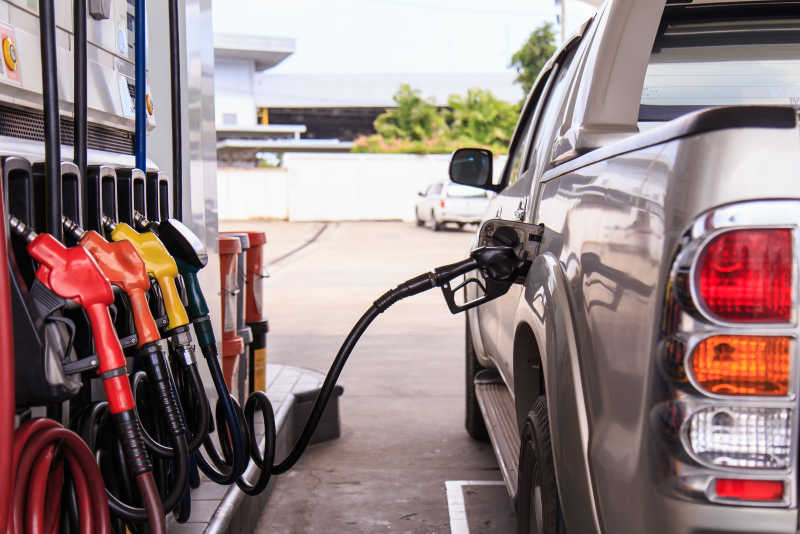Optimal Fueling Practices for Vehicle Maintenance: A Guide

Driving with low fuel can be a nerve-wracking experience. The fuel warning light serves as a reminder to refuel, but there are specific considerations when it comes to maintaining a balance in the fuel tank. Today, we’ll explore the recommended fueling practices to enhance vehicle longevity.

- Awareness of Fuel Levels: When the fuel warning light illuminates, indicating approximately a quarter of the fuel remaining, prompt refueling is essential. In normal conditions, a vehicle can travel an additional 30 to 50 kilometers after the warning light activates. However, in scenarios like highways or remote areas, where fuel stations are sparse, refueling at the earliest convenience is advised.
- Fueling for Gasoline Engines: For gasoline engines, the fuel can be utilized almost to the point of depletion. It’s crucial not to let the fuel run completely dry, as this can impact the cooling of the fuel pump. It’s recommended to avoid running on an empty tank before refueling. Gasoline engines come in two types: naturally aspirated and turbocharged. When refueling, ensure to use the correct octane rating, such as 92#, 95#, or 97#, specified at the fuel filler port.For city driving, filling half the tank is a practical approach. For long-distance travel, consider a full tank. Overfilling the fuel tank can lead to malfunctions in the fuel vapor recovery system. Always choose the appropriate fuel to prevent engine damage, and in the case of frequent urban driving, maintaining fuel levels around 90% of the tank capacity is advised.
- Fueling for Diesel Engines: Diesel vehicles rarely exhaust the fuel in the tank entirely. To avoid complications associated with refueling diesel, it is recommended to keep at least a quarter of the tank filled. Diesel has different specifications like 10#, 0#, -10#, -20#, and the choice depends on the vehicle and prevailing weather conditions. In winter, it’s crucial to change to the appropriate diesel to prevent engine startup issues.For diesel vehicles, filling the tank is generally acceptable. However, when refueling, it’s essential to ensure the correct diesel grade is used. When diesel runs out completely, the fuel system must be purged before the vehicle can be restarted. The recommended method involves filling the tank, releasing the high-pressure oil pipes from the four injectors, using a hand pump to pump out fuel, and starting the vehicle to purge air from the four pipes.
Ultimately, the amount of fuel to add depends on individual circumstances. For extended road trips, filling the tank is prudent. However, in regular urban driving, maintaining fuel levels at around 90% of the tank capacity is considered safe. It’s important to note that when the fuel light comes on, indicating a quarter tank remaining, immediate attention to refueling is crucial. While vehicles can still cover some distance at this point, continuous operation in this state may risk damage to the fuel pump due to inadequate cooling.
Impact-Site-Verification: a0a46939-a9e5-428f-b76e-75bfa755c542











